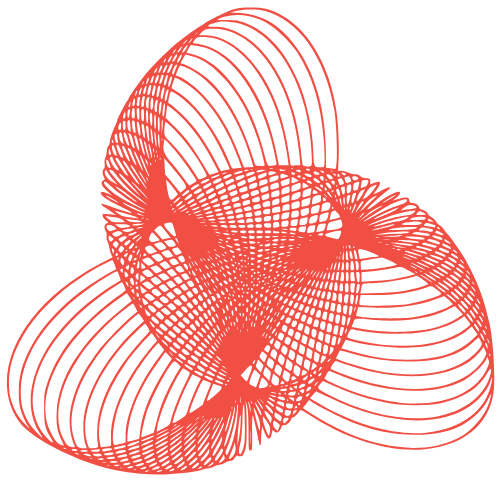AI Web Design: Speed Up Your Workflow
Using AI Tools to Speed Up Web Design Workflows
Web design is a constantly evolving field, demanding efficiency and creativity in equal measure. Staying ahead of the curve often requires embracing new technologies, and Artificial Intelligence (AI) is rapidly becoming indispensable. This post explores how AI tools can significantly accelerate web design workflows, enabling designers to deliver stunning, high-quality websites faster than ever before.
AI-Powered Design Generation
One of the most impactful applications of AI in web design is automated design generation. These tools leverage machine learning algorithms to create website layouts, suggest color palettes, and even generate design variations based on user input.
Automated Layout Generation
Tools like Wix ADI and Firedrop use AI to generate website layouts based on user preferences and content. This drastically reduces the time spent on initial structuring, allowing designers to focus on refining and customizing the design.
Smart Color Palette Suggestions
AI can analyze existing branding materials and suggest harmonious color palettes, ensuring visual consistency and aesthetic appeal. Tools like Khroma and Colormind leverage deep learning to predict color combinations that resonate with target audiences.
Streamlining Content Creation
Content is king, and AI can help streamline its creation and integration into web designs. From copywriting to image generation, AI tools offer powerful capabilities to enhance content workflows.
AI Copywriting Assistants
Tools like Jasper and Copy.ai can generate website copy, blog posts, and marketing materials, freeing up designers to focus on visual aspects. While human editing is still crucial, AI can provide a strong foundation and overcome writer’s block.
AI-Powered Image Generation and Enhancement
Services like DALL-E 2 and Midjourney can generate unique images based on text prompts, providing designers with readily available visuals for websites. Other tools like Let’s Enhance utilize AI to upscale and improve image quality, ensuring crisp and professional visuals.
Automating Repetitive Tasks
Web design involves numerous repetitive tasks that can be time-consuming. AI can automate these processes, freeing up designers for more creative and strategic work.
Code Generation and Optimization
Tools like Tabnine and GitHub Copilot can assist with code generation and optimization, reducing development time and minimizing errors. These AI-powered assistants suggest code completions and identify potential bugs, improving overall code quality.
Automated Image Optimization
AI can automate image optimization tasks like compression and resizing, ensuring optimal website performance without compromising visual quality. Tools like ShortPixel leverage AI algorithms to achieve significant file size reductions without noticeable quality loss.
Personalization and User Experience
AI can enhance user experience by personalizing website content and interactions.
Personalized Content Recommendations
AI-powered recommendation engines can analyze user behavior and suggest relevant content, increasing engagement and conversion rates. Tools like Dynamic Yield and Optimizely allow designers to implement personalized content experiences.
Chatbots and AI-Driven Customer Support
Integrating AI-powered chatbots can enhance customer support by providing instant answers to common queries and guiding users through the website. This frees up human agents to handle more complex issues and improves overall user satisfaction.
Conclusion
AI is transforming the web design landscape, offering powerful tools to streamline workflows, enhance creativity, and improve user experiences. By embracing these technologies, designers can significantly boost their productivity, deliver higher-quality websites, and stay ahead of the curve in this dynamic field. Embracing AI is not about replacing designers but empowering them to work smarter, not harder. The future of web design is intelligent, and it’s here now.

